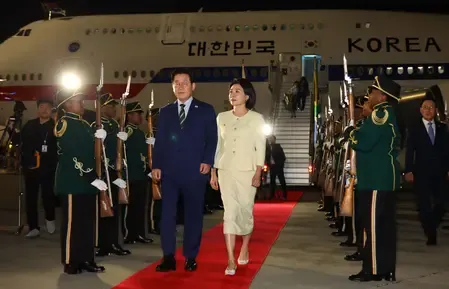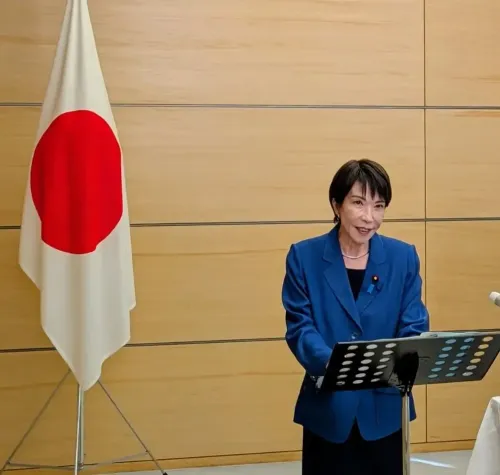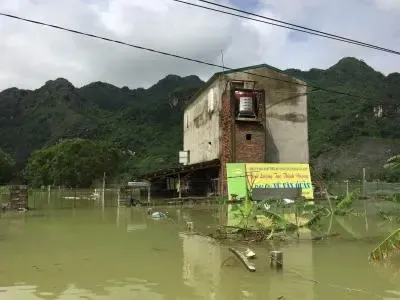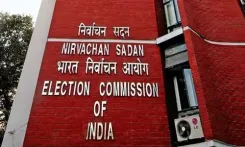Will Intense Talks Lead to an Interim India-US Trade Deal?
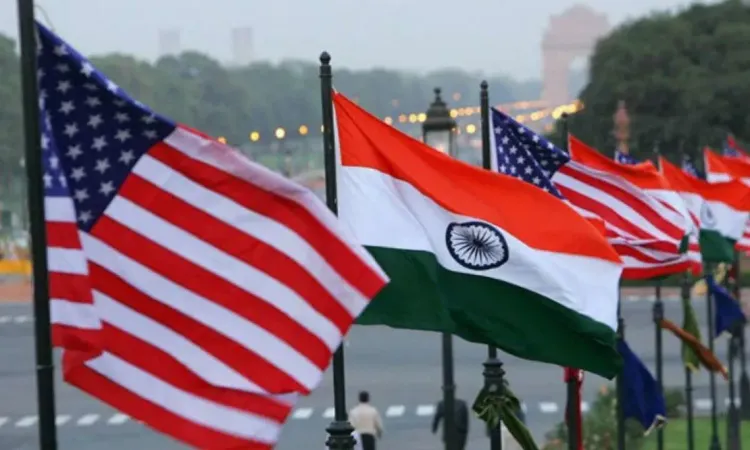
Synopsis
Key Takeaways
- Intense negotiations are ongoing for an interim trade deal between India and the US.
- India is focusing on market access for labour-intensive goods.
- The US is seeking duty concessions for agricultural products.
- The deadline of July 9 is pivotal for negotiations.
- Future agreements are anticipated post-deadline.
New Delhi/Washington, July 3 (NationPress) As the deadline for US reciprocal tariffs approaches, intense negotiations are currently taking place in Washington, DC, between Indian and American officials to finalize the proposed interim trade agreement within the next few days.
New Delhi is advocating for enhanced market access for its labour-intensive products such as garments, footwear, and leather, which are vital for job creation. On the other hand, Washington is seeking duty concessions for its agricultural and daily goods, as reported by officials.
The Indian trade negotiators have extended their visit to the US, indicating a final effort to resolve key discrepancies. They emphasize that broader tariff reductions, particularly on goods that generate high employment, are essential to achieve the objective of doubling bilateral trade to $500 billion by 2030.
The primary focus of the India-US interim trade deal has shifted to the reciprocal reduction or elimination of tariffs. India’s negotiating team, led by Special Secretary Rajesh Agarwal, is engaged in high-stakes discussions in Washington to finalize the bilateral trade agreement.
Both Indian and US negotiators aim to wrap up the interim trade deal before the July 9 deadline established by US President Donald Trump for the 90-day suspension on new tariffs that were set to be imposed on Indian products. Further negotiations are anticipated post-deadline for a more comprehensive trade agreement to be completed by September-October.
In exchange, India is expected to push for enhanced access to the US market for seafood products like shrimp and fish, alongside spices, coffee, and rubber—areas where Indian exporters excel yet face tariff challenges in the American market, as per previous reports.
India has already begun increasing its purchases of oil and gas from the US to mitigate the trade surplus and has expressed willingness to boost these acquisitions. The nation has proposed substantial tariff cuts, potentially reducing average duties from 13 percent to 4 percent, in return for exemptions from US tariff increases that occurred during the Trump administration.


